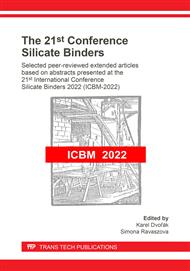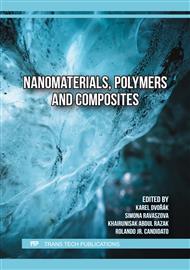p.59
p.67
p.75
p.85
p.97
p.103
p.109
p.115
p.121
Using of Limestone Cement in Fibre-Cement Corrugated Sheets Production
Abstract:
The paper deals with the production of fibre-cement and the use of limestone cement in its production. The paper describes the basic properties of final products, the basic raw materials and the Hatschek production technology used for the production of corrugated sheets. The attention is paid especially to the wet part of the production when describing the production process. The emphasis was mainly placed on the preparation of fibre-cement slurry and the gradual formation of a layer of fibre-cement on the surface of the cylindrical sieve. The paper describes the possible use of limestone cement in the production of corrugated sheets. Trial recipes were designed with using limestone cement CEM II with and without separately dosed limestone. The fibre-cement corrugated sheets were produced with using Hatschek technology. Mainly was investigated the influence of limestone dosing on the strength characteristics and the volume weight of the final products. The produced sheets were tested according to EN 494+A1: 2016 Fibre-cement profiled sheets and fittings - Product specification and test methods. The tested samples reached comparable results like sheets produced according to standard recipe. No negative effect on the strength characteristics of final products was proven between the standard and the trial recipes.
Info:
Periodical:
Pages:
115-120
Citation:
Online since:
October 2023
Authors:
Price:
Сopyright:
© 2023 Trans Tech Publications Ltd. All Rights Reserved
Share:
Citation:



